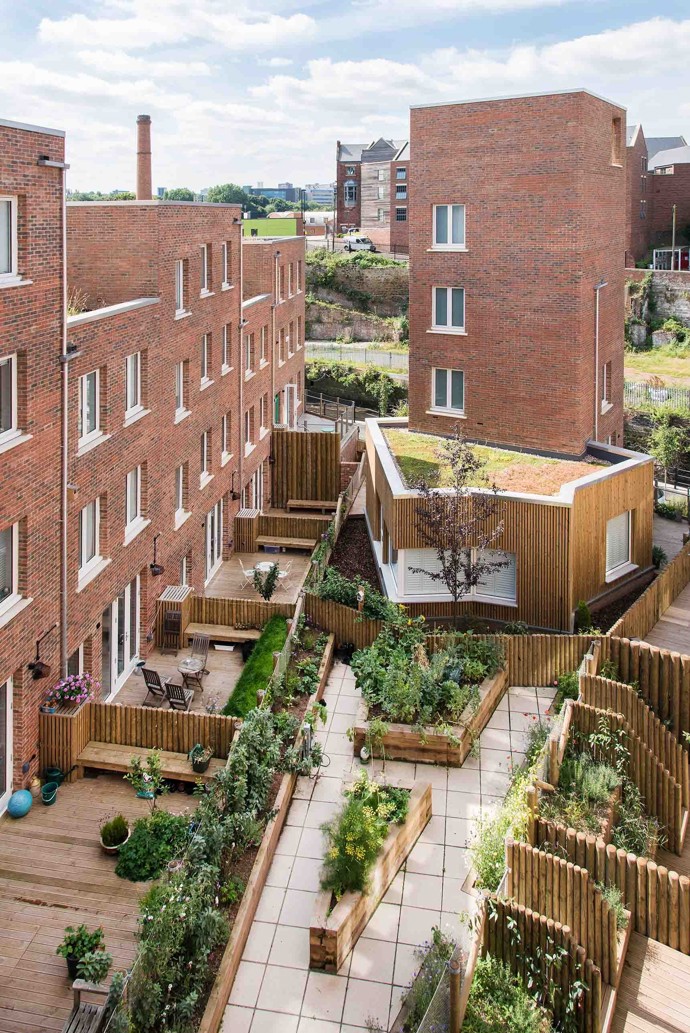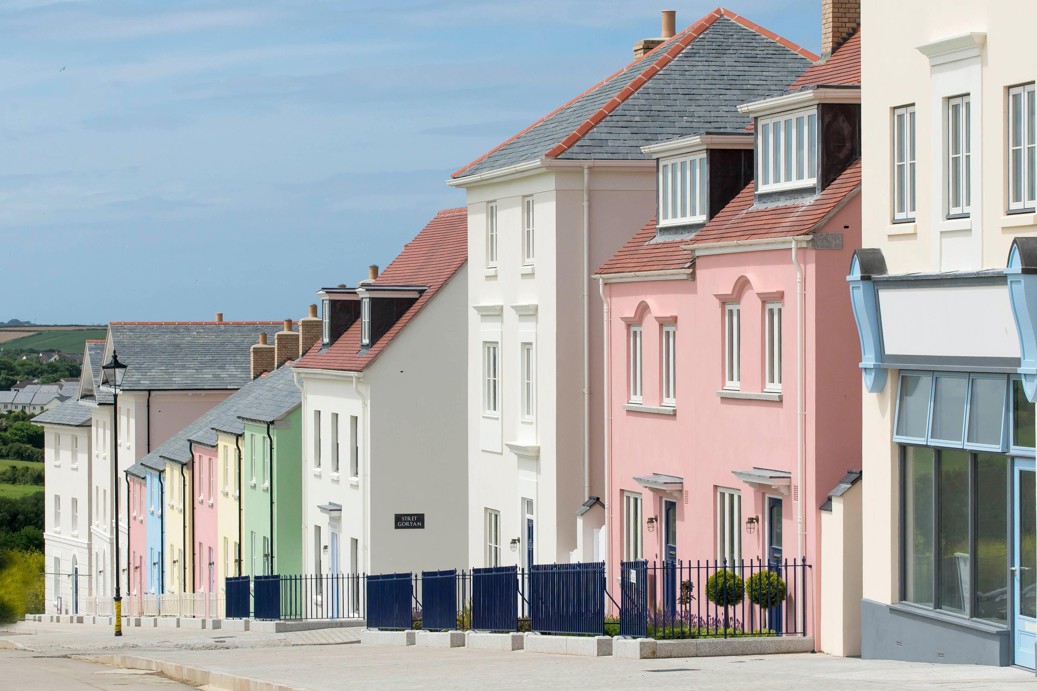‘Say no to ugliness’, that is the message to councils in the Building Better, Building Beautiful Commission’s interim report ‘Creating space for beauty’, which looks at how England should address the poor-quality design of new buildings and places whilst ensuring a sufficient supply of new homes. In the eyes of the Commission, building beautifully comprises walkable, human-scale developments, and buildings with finely textured designs and materials, and it urges changes to the planning system to make the delivery of such developments a key objective.
The report argues that the political focus on building more homes cannot be just a numbers game and about houses alone; it must be about making vibrant, characterful places, which people enjoy living and working in. This reflects broader changes in government policy, with far greater emphasis being placed on design quality in the revised National Planning Policy Framework (NPPF), published in February. In theory, well-designed development proposals should be more popular and readily supported by Councils; achieve higher returns for developers and provide better places to live and work. However, the Commission suggests that beyond our historic urban centres and conservation areas, development is driven by utility and convenience, resulting in a wasteland of mediocre developments filled with bland boxy buildings.
The Commission urges a re-think and emphasises the need for higher standards of design and early community engagement in the design process. The report tasks planners, architects, developers and communities to decide together what constitutes beautiful development, but can a consensus really be reached if stakeholders have radically different tastes, or will popular preferences prevail every time? If not, who will ultimately decide what constitutes good design and will this be supported or provoke a public outcry and endless delays?
Three main recommendations are made in the report: one, that securing beautiful development should be a core aim of planning policy and practice; two, that ugly retail parks and supermarkets should be replaced with mixed-use developments; and three, that communities should be given an effective voice early in the design process. By drawing up higher-quality development proposals and engaging communities in the design process, the report suggests that development will be less risky, produce higher returns and secure more support. Simple!
The Commission argues that planners should be diverting their attention to place making and remodelling existing developments. Planners are expected to develop the skills to critically assess proposals in terms of landscape and urban design, place making, architecture and the associations between urban form, wellbeing, and health. The report also recommends giving planners the appropriate policy tools to help them secure higher standards of design from development proposals.
The Bourne Estate, London
Source: Matthew Lloyds Architects
At present the NPPF only sets out general aspirations to create attractive places, it does not define how to achieve it, nor does it effectively require those aspirations to be met. Instead of high-quality design being a ‘nice-to-have’, the report recommends that it be embedded alongside sustainability as a core aim of the NPPF. Could high-quality design be considered a material benefit that could outweigh harm when determining the planning balance in future?
Interestingly, the recommendation that underused and failing retail parks should be redeveloped for high-quality, mixed-use communities has received considerable attention. The report derides retail parks as ‘boxland’ developments, a by-product of a planning system that undervalued place making. The Commission wants planners to be at the forefront of the process of wiping retail parks off the map, but the quest to remodel existing development also extends to the high street. The report urges planners to tackle gaudy signage, street clutter, and poor-quality shop fronts and rigorously enforce higher standards of design. This would likely require more stringent design codes to help instruct future development proposals and make clear what is expected from new developments.
The Malings, Ouseburn
Source: Ash Sakula Architects
The Commission acknowledges that public trust in experts is at an all time low and that too many neighbourhoods feel themselves to be the victim of development. The report argues that the public want new buildings to reflect the history, character, and identity of their surroundings. It recommends that communities play a bigger role in plan-making and design process so that they can define what beautiful development means to them. This would likely require planners to carry out public consultation exercises more frequently and mediate between competing subjective opinions on design.
Local authorities and national government are also urged to deliver more beautiful public buildings that demonstrate civic pride in architecture, ideally with the public being engaged in the selection of winning designs. If the public are given a more prominent role in the design process, will it stifle the development of innovative design as developers retreat to more conservative styles that are likely to gain public support? The report suggests that if greater public involvement results in more traditional bricks and mortar developments at the expense of modernist glass and steel boxes, then so be it.
The report offers several examples of well-conceived development, including Roussillon Park in Chichester; Nansledan in Cornwall; and the work of Matthew Lloyd Architects at the Bourne Estate in London. In Newcastle, The Malings in Ouseburn is praised for creating a dense walkable development. The Commission argues that the popularity and commercial success of these schemes demonstrates the payoff from a careful approach to design. With improving technology making it possible to create finely textured buildings without unsustainable labour and manufacturing costs, similar developments could be delivered more frequently in future.
Nansledan, near Newquay
Source: Adam Urbanism
If the Commission’s recommendations are implemented, the delivery of high quality ‘beautiful’ design will require planners to assess development proposals as much for their design quality as for their sustainability and with significantly more public engagement to inform the process. However, in our experience, design quality is very rarely the main reason for objections to planning applications, so could the quest for beautiful development and a boost to housing delivery be doomed to fail? The role of planners could be about to become far more design-led and potentially more complicated. While it is good that planners are placed at the heart of the solution, how will they cope when planning departments are already under resourced and overworked? How will consensus be achieved amongst so many competing groups on such a subjective and contentious issue?
Crucially, if design is to become a more integral feature of the planning process will it become a more common reason for refusal and undermine the delivery of new homes, or as the report predicts, will it generate public support for attractive proposals and provide a boost to housing delivery?
The Commission’s final report is due to be submitted to the government at the end of 2019.




